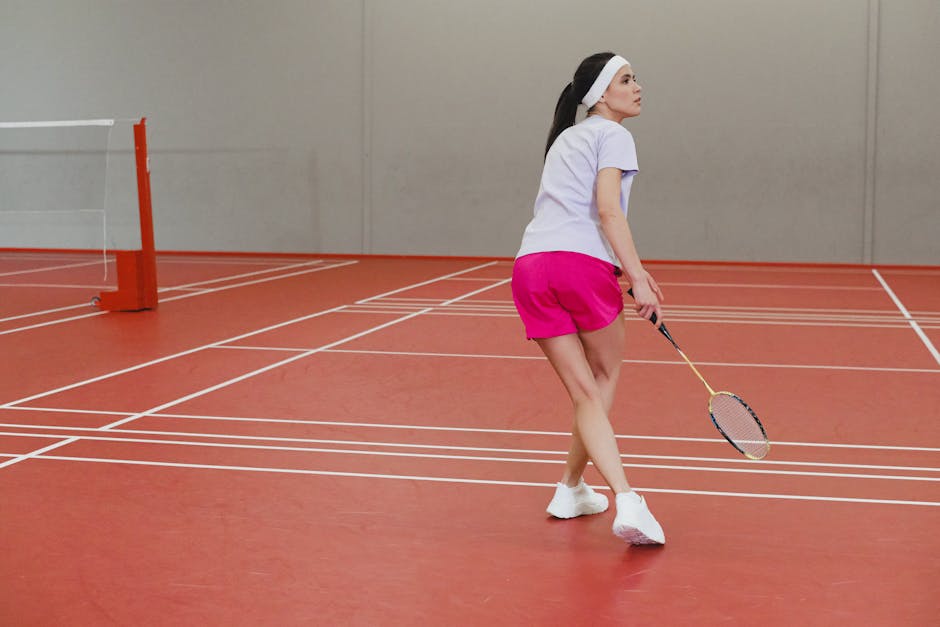Badminton, a sport of swift movements and delicate finesse, requires more than just agility and skill. A crucial element that often gets overlooked by beginners is the choice of racket. The right badminton racket can significantly enhance your game, while the wrong one can hinder your progress and even lead to injuries. So, how do you navigate the maze of options and find the perfect fit?
First, consider your playing level. Are you a beginner just starting out, an intermediate player honing your skills, or an advanced player seeking peak performance? Beginners generally benefit from rackets that are lightweight and have a head-heavy balance, providing more power with less effort. Intermediate players might prefer a more even balance for better control and maneuverability. Advanced players often opt for stiffer rackets that offer greater power and control for precise shots.
Next, think about your playing style. Are you an aggressive player who loves to smash, or a defensive player who relies on quick reflexes and precise placements? Aggressive players typically prefer head-heavy rackets for generating powerful smashes, while defensive players might prefer a head-light balance for quicker reactions and better control at the net.
The weight of the racket also plays a crucial role. Lighter rackets are easier to maneuver and swing quickly, making them ideal for beginners and defensive players. Heavier rackets, on the other hand, offer more power and stability, which can be advantageous for aggressive players.
Another important factor to consider is the grip size. The grip should feel comfortable in your hand and allow for a firm yet relaxed hold. Too small a grip can lead to wrist strain, while too large a grip can hinder your maneuverability. Most rackets come in various grip sizes, so it's essential to try out different sizes to find the one that fits you best.
The tension of the strings also affects the racket's performance. Higher string tension provides more control and precision, while lower tension offers more power. Beginners often start with a lower tension and gradually increase it as their skills improve.
Finally, don't forget about your budget. Badminton rackets range in price from affordable entry-level models to high-end professional rackets. It's important to choose a racket that fits your budget and your playing needs. Don't feel pressured to buy the most expensive racket; a good quality racket within your budget can still significantly improve your game.
Choosing the right badminton racket can seem daunting, but by considering these factors – your playing level, style, preferred weight, grip size, string tension, and budget – you can find the perfect racket that will help you elevate your game and enjoy the sport to the fullest.
